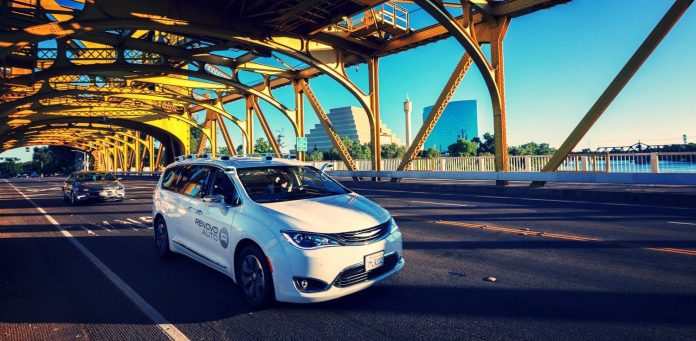Verizon has rolled out 5G-based edge computing with AWS to Dallas and Miami, taking the total city-count for their combined infrastructure to seven cities in the US. The setup is geared towards trials of a number of new latency-sensitive industrial applications, notably around healthcare and transportation.
Verizon took the opportunity, with the rollout in Dallas and Miami, to put focus on the latter, with a series of cellular vehicle-to-everything (C-V2X) trials with a pair of California automotive software companies,Renovo and Savari, plus South Korean giant LG Electronics.
Verizon and AWS started work together in August. They are now offering 5G-based multi-access edge computing (MEC) in Atlanta, Boston, New York, San Francisco and Washington DC, besides Dallas and Miami. It plans to deploy in three more cities by the year-end. The deal bundles AWS’s combo of MEC-based compute and storage, called Wavelength, on Verizon’s 5G network infrastructure.
5G-based MEC moves the data storage and processing to the edge of the cellular network, shortening the roundtrip for data between the device and the analytics engine, and therefore reducing the lag for mission-critical applications such as V2X in connected and autonomous vehicles.
5G and MEC are building blocks toward autonomous and connected vehicles, along with other consumer and industrial IoT applications requiring “ultra-low latency, extended battery life, [and] massive throughput”, said Verizon. Renovo, Savari, and LG Electronics are testing their C-V2X wares on the AWS compute-and-storage deployment on Verizon’s 5G network.
Tami Erwin, chief executive of Verizon’s business division, said: “We’re already seeing how customers are leveraging the powerful combination of [5G and edge compute] to create next-generation use cases in industries ranging from transportation to healthcare. While we’re still in the early days of 5G, it’s astounding to witness the development of experiences that were not feasible before the advent of 5G and mobile edge computing.”
The new 5G-based V2X experiments cover, alternatively, ‘real-time’ and ‘near real-time’ warning alerts to vehicle-based ADAS) systems in the Renovo trial, and to drivers and pedestrians in the Savari setup. Meanwhile, LG Electronics claims to be piloting a next-generation C-V2X platform using 5G-based connectivity and compute from Verizon and AWS, which includes a service to secure information sharing between vehicles, mobile devices, and road infrastructure.
Ravi Puvvala, chief executive at Savari, commented: “We are enabling the intelligent transportation systems of the future in which vehicles will see around blind corners and intersections; avoid vulnerable road users like pedestrians and bicyclists; instantly react to emergencies via 360-degree awareness of the traffic grid; and share unsafe road conditions with other vehicles in real time.”
Ravi Puvvala, chief executive at Savari, said: “The C-V2X trial with Verizon and AWS leverages the power of 5G and MEC to create communication paths that are hyperlocal, highly reliable, and super-low latency to make our roads many times safer, with unprecedented levels of high efficiency and low environmental impact.”
Rick Kreifeldt, senior vice president and general manager of R&D at LG Electronics in the US, said: “There is a consensus that [V2X] can lead to improved safety, enhanced mobility, and increased environmental protection. However, security and privacy are paramount and LG’s authentication-as-a-service ensures such measures.”

